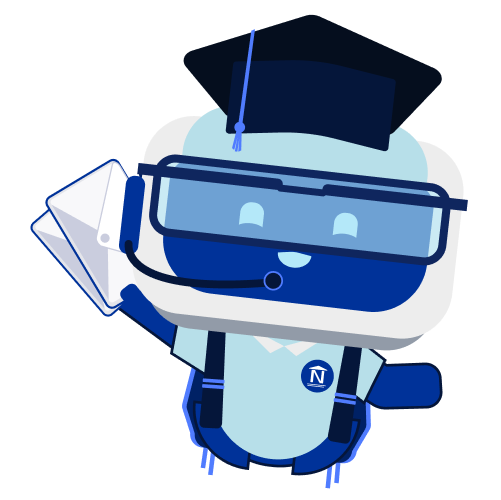Overview
Physical therapist assistants (PTAs) provide physical therapy services under the direction and supervision of a licensed physical therapist. PTAs help people of all ages who have medical problems or other health-related conditions that limit their ability to move and perform functional activities in their daily lives. PTAs work in a variety of settings, including hospitals, private practices, outpatient clinics, home health, nursing homes, schools and sports facilities.
PTAs may also measure changes in the patient's performance as a result of the physical therapy, along with providing selected standardized tests per the PTs request. Care provided by a PTA may include teaching patients/clients exercises for mobility, strength and coordination, training for activities such as walking with crutches, canes or walkers, massage, and the use of physical agents and electrotherapy such as ultrasound and electrical stimulation.
Success
The Physical Therapist Assistant program is designed to train students in the various exercises, techniques and uses of equipment necessary for the physical rehabilitation of a patient. The physical therapist assistant works under the supervision and direction of a licensed physical therapist. The vision of the physical therapy profession is to transform society by optimizing movement to improve the human experience.
The goal of physical therapy is to improve or restore a patient’s function following injury, illness or disease. In order to do so, the therapist employs techniques such as heat and cold treatments, ultrasound, massage, and prescribed exercise programs which may involve the use of mechanical equipment.
The physical therapist assistant performs many of the functions of this process: monitoring patient progress, instructing patients in the use of therapy aids and assisting in the performance of prescribed exercises while considering age, diagnosis, psychosocial needs and the human movement system.
Physical Therapist Assistants are employed in a variety of settings including private, federal, state, or city hospitals and clinics, voluntary health agencies, public health agencies, home health care associations, skilled nursing facilities and school systems. You may also find it helpful to review essential program-related functions and other important information available on our website.
To become a successful PTA student and entry-level clinician, one must be focused and have an interest and aptitude for learning a variety of skills. The Essential Functions are a solid guide for understanding the types and extent of the three domains of learning that are expected (knowledge, skills and effectiveness).












